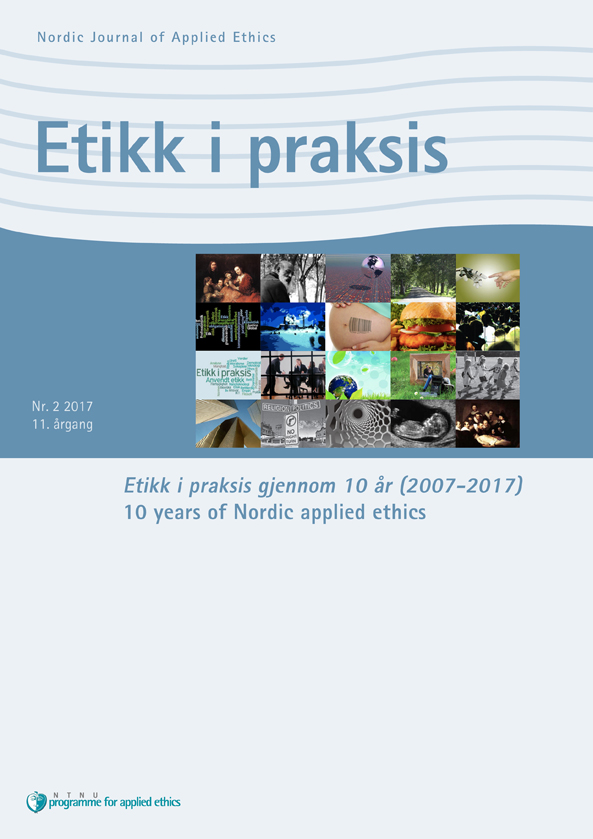Hostile urban architecture: A critical discussion of the seemingly offensive art of keeping people away
DOI:
https://doi.org/10.5324/eip.v11i2.2052Keywords:
Defensive architecture, hostile architecture, anti-homeless spike, bum-proof benches, urban planning, well-being, right to public spaceAbstract
For many years, some urban architecture has aimed to exclude unwanted groups of people from some locations. This type of architecture is called “defensive” or “hostile” architecture and includes benches that cannot be slept on, spikes in the ground that cannot be stood on, and pieces of metal that hinder one’s ability to skateboard. These defensive measures have sparked public outrage, with many thinking such measures lead to suffering, are disrespectful, and violate people’s rights. In this paper, it is argued that these views are difficult to defend and that much more empirical research on the topic is needed.
Downloads
Download data is not yet available.
Published
2017-11-14
Issue
Section
Artikler - Articles
License
Authors who publish with this journal agree to the following terms:
Authors retain copyright and grant the journal right of first publication with the work simultaneously licensed under a Creative Commons Attribution License that allows others to share the work with an acknowledgement of the work's authorship and initial publication in this journal.
Authors are able to enter into separate, additional contractual arrangements for the non-exclusive distribution of the journal's published version of the work (e.g., post it to an institutional repository or publish it in a book), with an acknowledgement of its initial publication in this journal.
Authors are permitted and encouraged to post their work online (e.g., in institutional repositories or on their website) prior to and during the submission process, as it can lead to productive exchanges, as well as earlier and greater citation of published work (See The Effect of Open Access).
How to Cite
Hostile urban architecture: A critical discussion of the seemingly offensive art of keeping people away. (2017). Etikk I Praksis - Nordic Journal of Applied Ethics, 11(2), 27-44. https://doi.org/10.5324/eip.v11i2.2052


